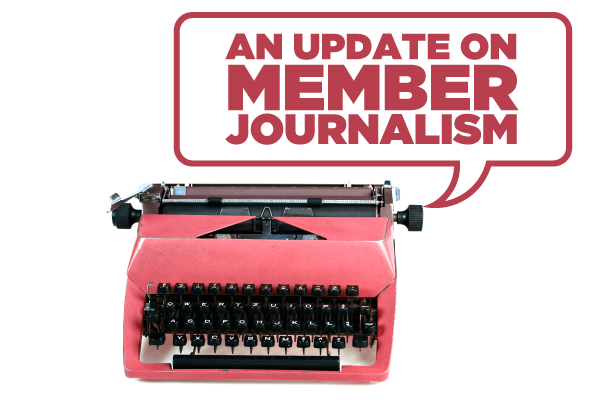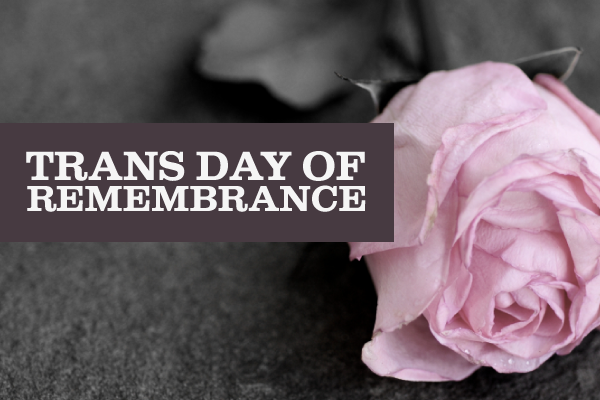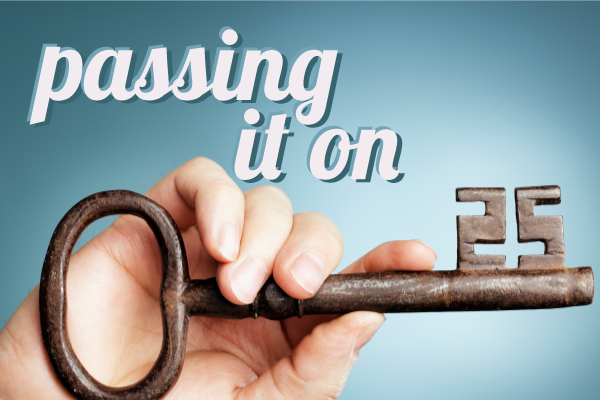
There are a lot of rumours going around about what’s going to happen to our sick leave. What is going to happen? Let’s break it down and have an informed discussion about this topic.
First of all, sick leave is a benefit that is in our collective agreement. Any changes to the current regime will need to be negotiated – let’s hope this happens at the bargaining table and not in the press!
To have an informed discussion, we need to understand how the current sick leave regime works.
Sick leave credits are accumulated each month where an employee has worked a minimum of ten days. Each month an employee accumulates a day and a quarter, for a total of fifteen days per year. Any unused credits at the end of the year are accumulated and banked. The accumulation of sick leave continues throughout an employee’s career, with no maximum.
It’s very much like an insurance policy. Your accumulated sick leave is your financial safety net should you succumb to illness or injury. It gives you peace of mind.
This accumulation of sick leave credits becomes incredibly important for any employee who suffers an accident or a catastrophic illness; it provides them with a buffer until such time as they qualify for long term disability. Long term disability benefits become payable after 13 weeks of disability or illness, or after the member’s accumulated paid sick leave is exhausted – whichever is later.
If an employee does not have 13 weeks of sick leave available to them, any shortfall can be covered through EI sick benefits. During this period, an employee only receives 55% of their salary – and to top it all off, often that money takes a while to start trickling in!
When an employee does not have any sick leave credits accumulated, management has the discretionary ability to advance up to 25 days of sick leave. These must be repaid with any sick leave credits earned at a later date.
Why does the government claim that the system isn’t working?
We hear many arguments that the current sick leave system is out of date.
“There are abuses,” the government says. “Government employees are using more than employees in the private sector,” it deplores. “There’s a $5.2 billion liability,” it cautions. “New employees are being discriminated against,” it laments.
And so on, and so forth.
Some of this may be true, or not. There’s always going to be people who abuse the system, but these individuals are in the minority.
And that liability that keeps getting referred to isn’t really a liability. It only becomes a liability in a la-la land where every public servant takes every sick day that they’ve accumulated. By and large, the liability disappears when an employee retires, because any accumulated sick leave is not paid out in any way and vanishes in a puff of smoke upon retirement. Poof!
As for new employees, they can be advanced up to 25 days of sick leave, depending on need. Maybe new employees could receive the same provisions as those in the EX group, who are advanced all the sick leave they need and whose disability premiums are entirely covered by the employer.
Perhaps some of the government’s woes are a result of downloading corporate services to individual managers. Human resources in the public service used to be delivered quite differently than today.
When someone went on long-term sick leave, they were monitored by human resources who worked with the employee to ensure a smooth transition when they returned to the workplace. Today, it is up to manager to monitor the employee, along with everything else a manager does. Human resources departments provide information and guidance to managers; they no longer perform other tasks such as monitoring.
Often, a manager will change jobs and the new manager will not even be aware that they have an employee on long-term disability. In many cases, they won’t have acquired the skills and competencies to manage disability. And this is in addition to all other tasks that have been delegated to managers.
So what is being proposed to “modernize” sick leave? For the time being, nothing has been proposed. However, the 2013 budget indicates that “the government will be examining its human resources management practices and institutions in a number of areas, including disability and sick leave management, with a view to ensuring that public servants receive appropriate services that support a timely return to work.”
Further, the Seventh Report to the Prime Minister of the Prime Minister’s Advisory Committee on the Public Service states: “Another area for change is the current regime for managing disability and absenteeism. Here too, we find a complex and costly system that is out of step with other sectors of the economy and that does not offer a level playing field for all employees. This too must change.” This clearly indicates change is coming but what?
We can get an idea by looking at the sick leave program in place at Canada Post. Sick leave has been drastically changed for those employees; in all likelihood, the model that’ll be proposed for us will resemble what’s been imposed there. The annual sick leave allowance will be reduced. Unused sick leave will not be accumulated or carried over. After a short time on sick leave, the employee will go on short-term disability at 70% of their pay. The employee will graduate to long-term disability after a certain period on short-term disability.
In effect, managers will not manage sick leave, a private insurance company will. And, there will be a cost to that administration; private insurance doesn’t come free. Employees will lose seven to ten sick days per year, and there will be premiums to pay to be covered by a short term disability plan. One question that comes to mind is: who will pay those premiums?
What will happen if the employee has used up their allotment of annual sick leave and then gets the flu? Will employees come to work when they are ill in order to avoid any disruption in pay? And how will the government handle an outbreak of a highly contagious illness, like the H1N1 virus a few years ago?
Now is the time for us to talk about sick leave. Does the current regime really need to be changed? If there is change, what do we, the employees, want it to look like?
Your comments and ideas are welcomed!
Richard Ballance is the Regional Vice-President for the Union of National Employees’ NCR-TB region. Join the conversation by leaving a comment below. This article was written as part of our union’s member journalism program. If you’d like to find out more, click here – to pitch a story or for any questions, please send an email to communications@une-sen.org.











